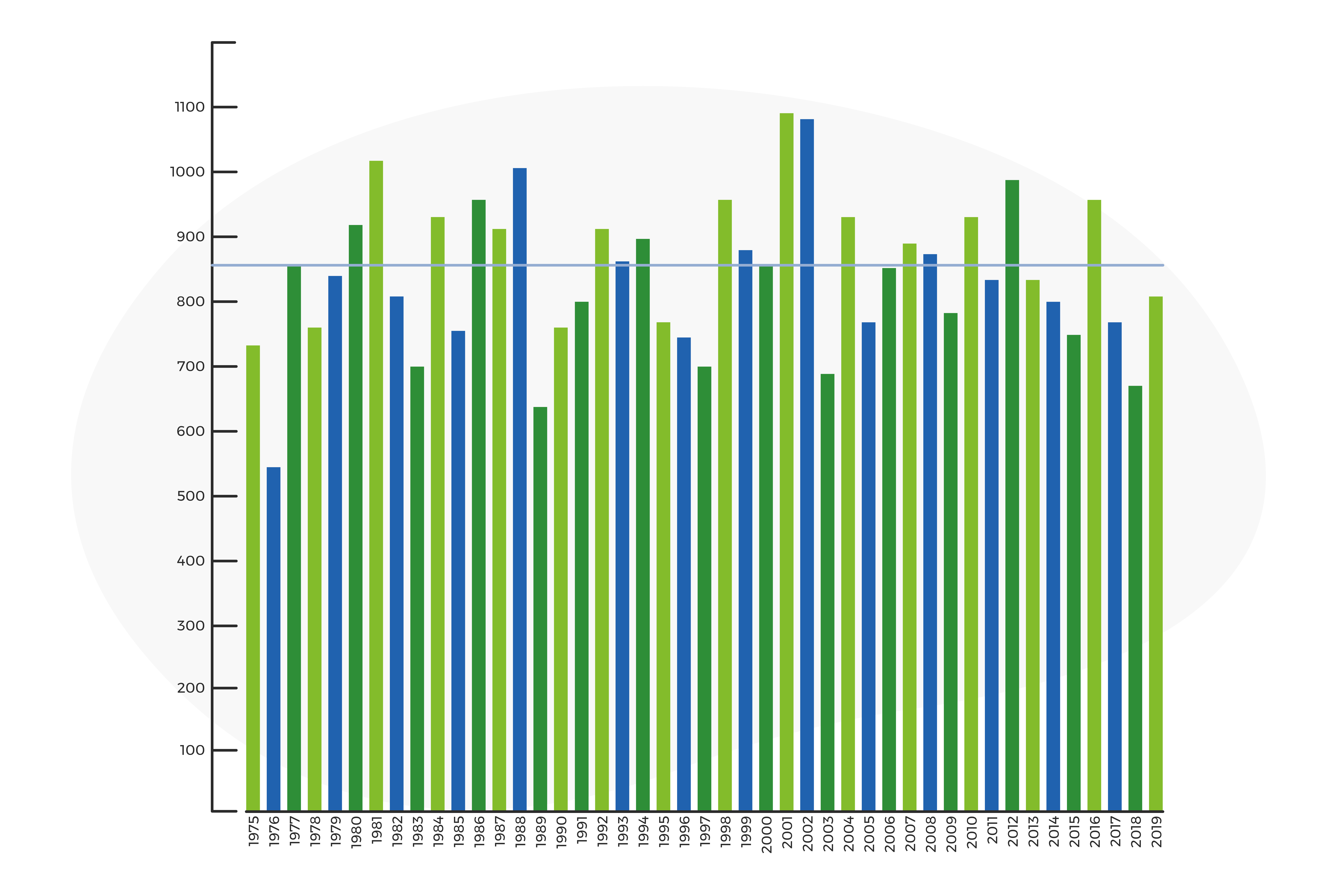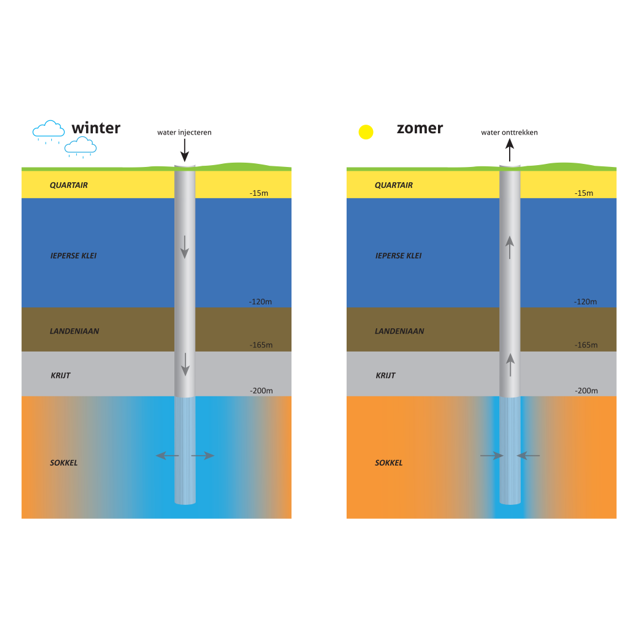Drought
Managing drought
Long periods of drought — which have occurred frequently over the past few years — have the potential to jeopardise drinking water supplies. Additional emergency extraction can provide a way out in these circumstances.

Emergency extraction guarantees drinking water during drought
Long periods of drought — which have occurred frequently over the past few years — have the potential to jeopardise drinking water supplies. Additional emergency extraction can provide a way out in these circumstances.
“To be able to supply enough drinking water even in exceptional circumstances, we intend to construct several emergency extraction sites across Flanders”, Head of Water Sources and Environment Tom Diez says. “Ideally, these emergency extraction sites would never be used; they are simply there to provide a solution in times of extreme water scarcity.”
EXISTING INSTALLATIONS
Emergency extraction can take multiple forms. One option is to drill groundwater wells in the vicinity of existing surface water extraction sites. “This enables us to use the existing water treatment site to treat the water”, according to Diez. “If an emergency situation occurs, this enables us to get our emergency extraction up and running very quickly. We are currently testing the concept in the vicinity of the Kluizen water production centre; we’ve recently drilled several groundwater wells there. If a situation occurs where we have no other option, we can get this extra emergency extraction up and running in no time.”
Underground water storage in Flanders?
Climate change is exerting pressure on Flemish water supplies. De Watergroep is examining whether it is possible to store excess winter water underground, to be pumped back up again during lengthy periods of drought.
To ensure we can continue to supply sufficient volumes of high-quality water in future, De Watergroep carried out a pilot project on the site of the De Blankaart water production centre in Diksmuide in 2019. We explored whether it was possible to temporarily store excess water underground, between 200 and 300 metres deep, to pump it back up again later. This principle is referred to as Aquifer Storage and Recovery (ASR).
INITIAL TESTS
“An ASR system offers multiple benefits. It enables us to build up a supply of water very quickly, less water flows away towards the sea and we need less space than if we decided to construct an extra reservoir”, hydrogeologist Alexander Vandenbohede clarifies. “At the start of May, we carried out a test drill at De Blankaart. Afterwards, we used pump tests to check whether the capacity of the aquifer was big enough. It eventually turned out that De Blankaart did not have flow volumes large enough to make underground water storage economically viable. The tests did produce useful information we can use in other areas, where the substrate is made up more favourably.”
